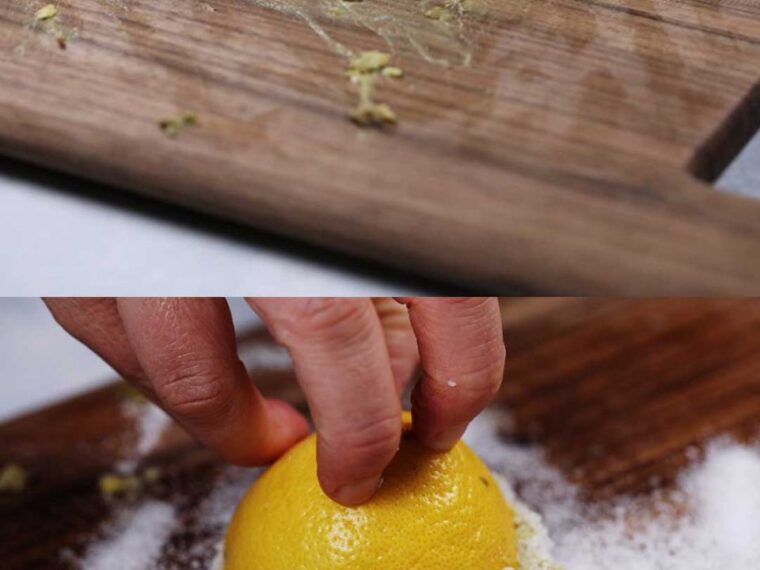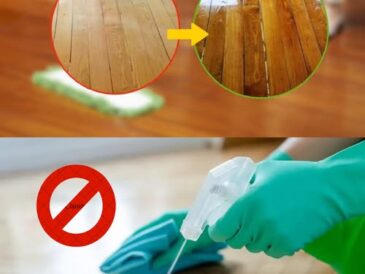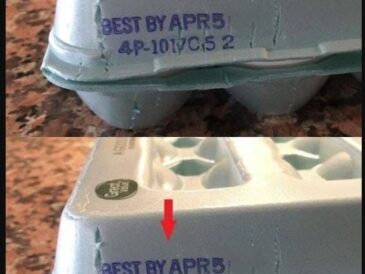1. Immediate Cleanup
To prevent stains from setting, wipe your cutting board with a damp cloth or sponge immediately after use. Avoid soaking the board in water, as this can cause the wood to warp or crack.
2. Scrub with Salt and Lemon
- Sprinkle a generous amount of coarse salt over the stained areas.
- Cut a lemon in half and use the cut side to scrub the salt into the board.
- The combination of salt and lemon helps lift stains and neutralize odors.
- Let it sit for 5–10 minutes, then rinse with warm water.
3. Baking Soda Paste for Stubborn Stains
- Mix baking soda with a little water to create a paste.
- Apply the paste to the stained areas and scrub gently with a brush or sponge.
- Let it sit for a few minutes to allow the baking soda to break down the stains.
- Rinse with warm water and dry immediately with a clean towel.
4. Use Hydrogen Peroxide for Deep Stains
- For stubborn stains or lingering odors, pour a small amount of hydrogen peroxide onto the stained area.
- Allow it to sit for 5–10 minutes to penetrate the wood.
- Rinse thoroughly and dry.
Note: Test hydrogen peroxide on a small, inconspicuous area first to ensure it doesn’t discolor your board.
5. Deodorize with White Vinegar
- Mix equal parts white vinegar and water.
- Wipe the cutting board with this solution to kill bacteria and neutralize odors.
- Rinse with warm water and pat dry.
6. Sand the Surface (Optional)
For boards with deep grooves or stains, lightly sand the surface with fine-grit sandpaper. This will remove the top layer of wood, along with the stains. After sanding, wipe the board clean with a damp cloth.
7. Condition the Board
- Once the board is completely dry, apply a thin layer of mineral oil or a food-safe cutting board conditioner.
- Rub it in with a clean cloth, ensuring even coverage.
- Let the oil soak in overnight, then wipe off any excess.
Conditioning the board helps protect it from moisture and prevents future stains.
Maintenance Tips
- Clean Regularly
Always clean your cutting board after each use to prevent stains and bacteria buildup. - Avoid Harsh Chemicals
Do not use bleach or harsh detergents, as they can damage the wood. - Dry Immediately
Never leave a wooden board soaking in water or air-drying flat, as this can cause warping. - Oil Periodically
Condition your board every 1–2 months to maintain its integrity and appearance.
When to Replace Your Cutting Board
If your board develops deep cracks or splinters, it may be time to replace it, as these can harbor bacteria and compromise hygiene.
With these simple methods, your wooden cutting board will look and feel brand new, ready for all your chopping, slicing, and dicing needs!




